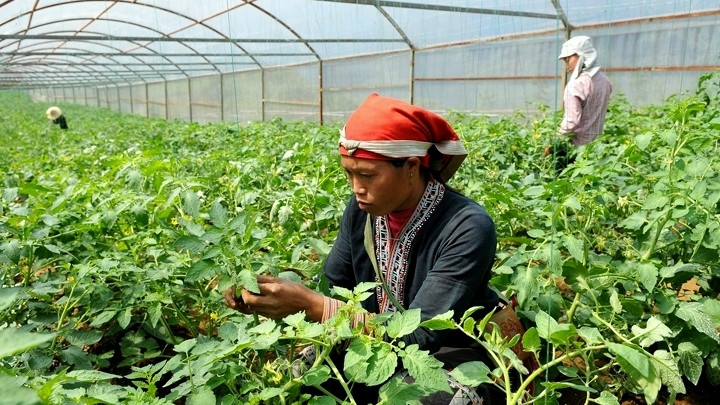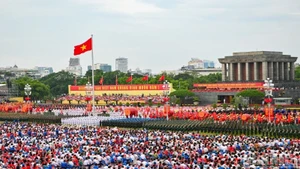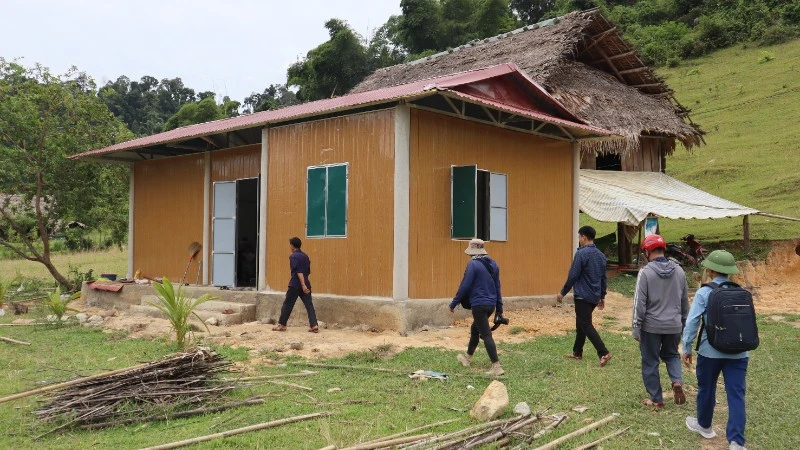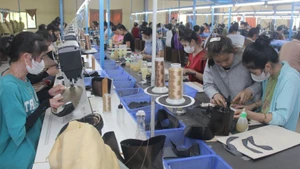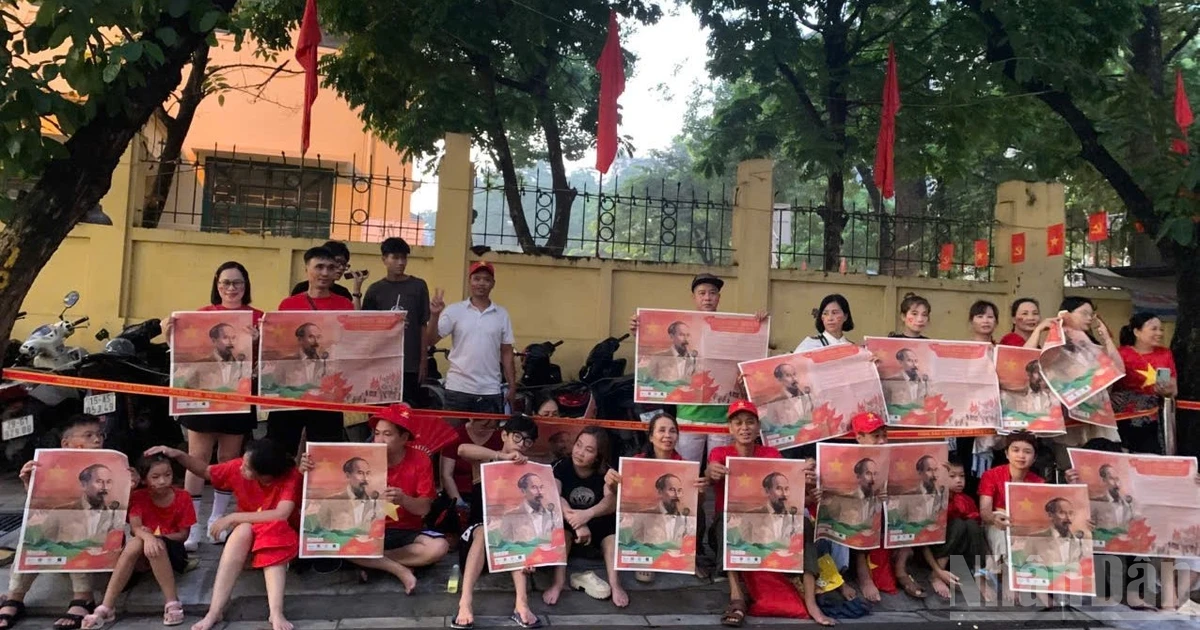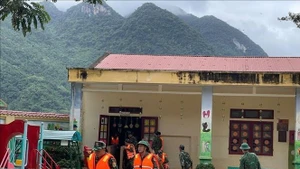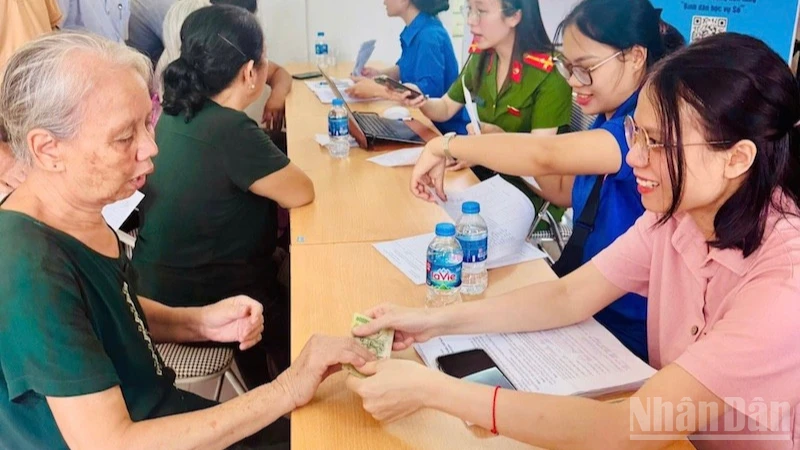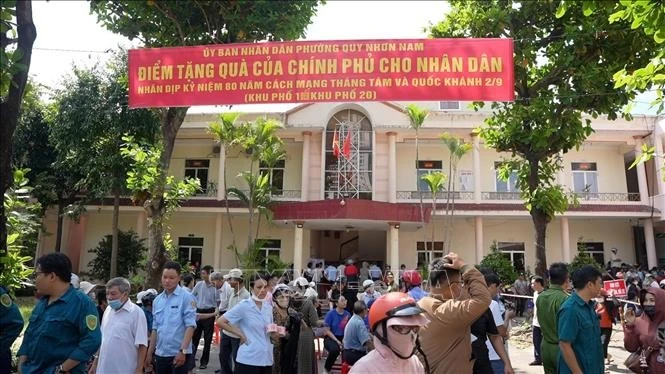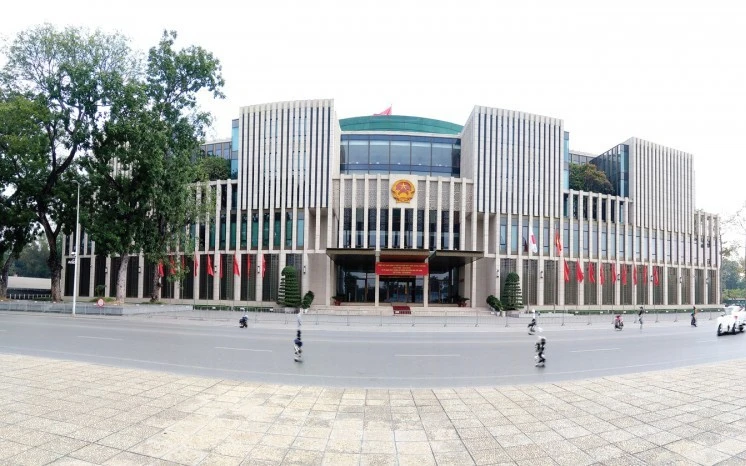This is good news for disadvantaged districts and communes across the country, and in the northwestern region in particular. However, making the Government's goals a reality requires synchronous participation of various concerned authorities and agencies at all levels.
Prioritisation of resources
According to the Ministry of Labour, Invalids and Social Affairs, 12 provinces in the northwestern region, including Ha Giang, Cao Bang, Yen Bai, Son La, Dien Bien, and Lai Chau, have benefited from poverty reduction policies for poor households throughout the country, and a special support policy for districts and communes with extreme difficulties.
During the 2011-2015 period, total resources allocated to implementation of poverty reduction programmes in the six provinces mentioned above reached nearly VND40 trillion (US$1.8 billion) Of the total, more than VND22 trillion came from the State budget, VND1.2 trillion from local budget, and the remaining was sourced from preferential credit loans from businesses and organisations in the form of ODA, government bonds, and NGO funding.
Thanks to State support policies and efforts by local people, the lives of disadvantaged and minority groups have been improved, with the regional poverty rate falling by an average of about 3.91% a year.
In particular, the poverty rate of poor districts under the Government Resolution No. 30a/2008/NQ-CP on supporting the 61 most disadvantaged localities nationwide has fallen by an average of more than 6% a year, exceeding the set target of a 4% decline annually under the Resolution.
The poverty rate of supported communes under the 135 Programme - a programme to support economic development in extreme disadvantaged communes in ethnic minority and mountainous areas - has also decreased by 3-5% a year, of which 21 communes have reached the programme’s targets.
However, a number of districts still record a high poverty rate of approximately 50% like Mu Cang Chai and Tram Tau districts in Yen Bai province, Tua Chua, Muong Nhe, and Nam Po districts in Dien Bien province. These areas have particular difficulties in natural conditions and socio-economic situation, and have the highest concentration of ethnic minority communities.
Approaches changed
To help reduce poverty in disadvantaged districts, along with continuing to promote the implementation of policies and projects towards sustainable poverty reduction, it is necessary to enhance the accessibility of the beneficiaries to such policies and the involvement of the poor in the national target program for sustainable poverty reduction.
The Ministry of Labour, Invalids and Social Affairs should propose the government and relevant authorities review and adjust national target programmes and major projects on socio-economic development and poverty reduction for a unified mechanism from central to local levels on objectives, investment, regulations, and procedures.
The central level should issue a policy framework and overall budget in the medium term, while the provincial level should decide on specific policies and methods for policy implementation and budget allocation at the district level. Authorities at the district level should decide on support activities and investment for facilities on the basis of the proposals from the communal level and residential areas. These should be in the direction of financial package support mechanism for the commune level, as simplifying procedures for investment of simple and small facilities would effectively replicate local initiatives.
Expanding and creating conditions to enhance the participation of local people in poverty reduction activities, such as identifying beneficiaries, planning, implementing, monitoring and evaluating implementation results, is also needed.
Among support resources, the State budget plays a decisive role; State investment should be prioritised and arranged to implement poverty reduction programmes particularly in extremely disadvantaged localities. There should be mechanisms to mobilise resources from the community, businesses, international organisations and the poor themselves in realising poverty reduction objectives.
Policies and resources must be transparent and made public. They should target the right beneficiaries and provide conditional support to make beneficiaries have a sense of preserving support capital and avoiding being dependent on the State support. Work should also develop monitoring processes and indicators for tracking expenditure to ensure funds are used for the right targets and the right beneficiaries.
Local authorities depending on the potential of each locality should promulgate policies to attract enterprises to invest in the field of agricultural and forestry production, tourism and services to facilitate economic restructuring and create jobs for rural labourers in the disadvantaged districts.
They should also help disadvantaged households and communes to escape poverty through increasing support resources and preserving financial resources to support the implementation of poverty reduction in effective models for replication and increased responsibility in the use of capital.
